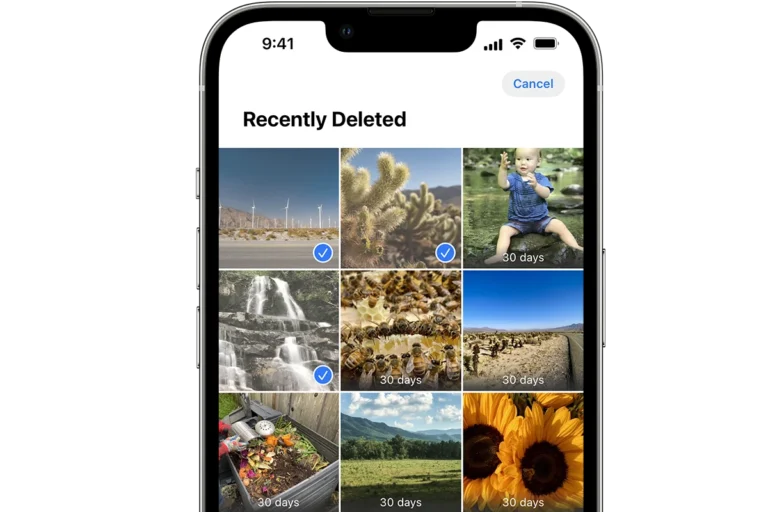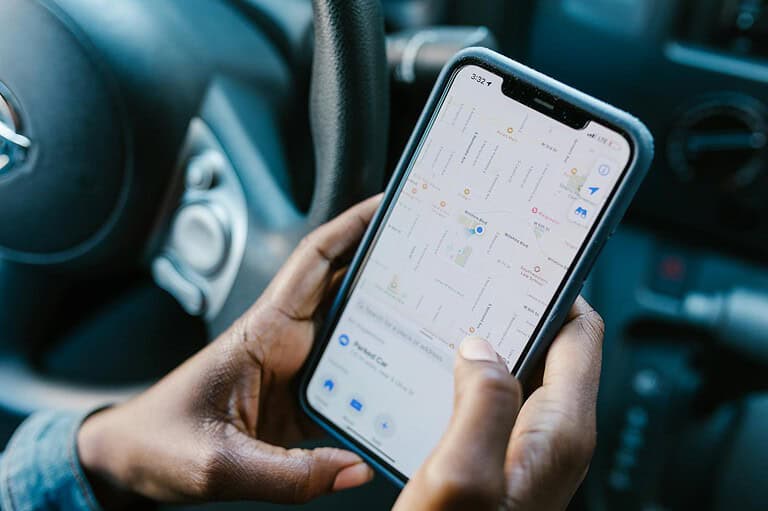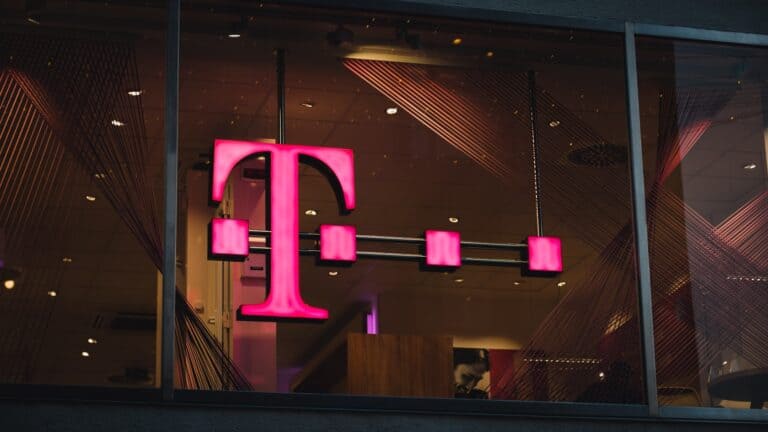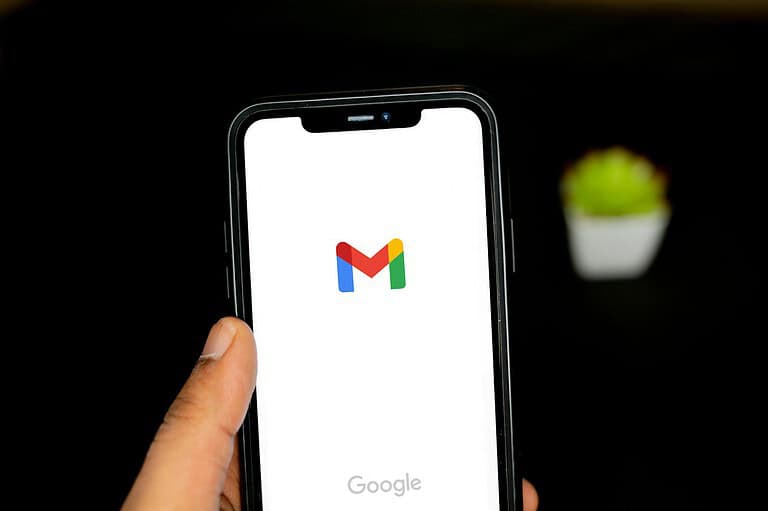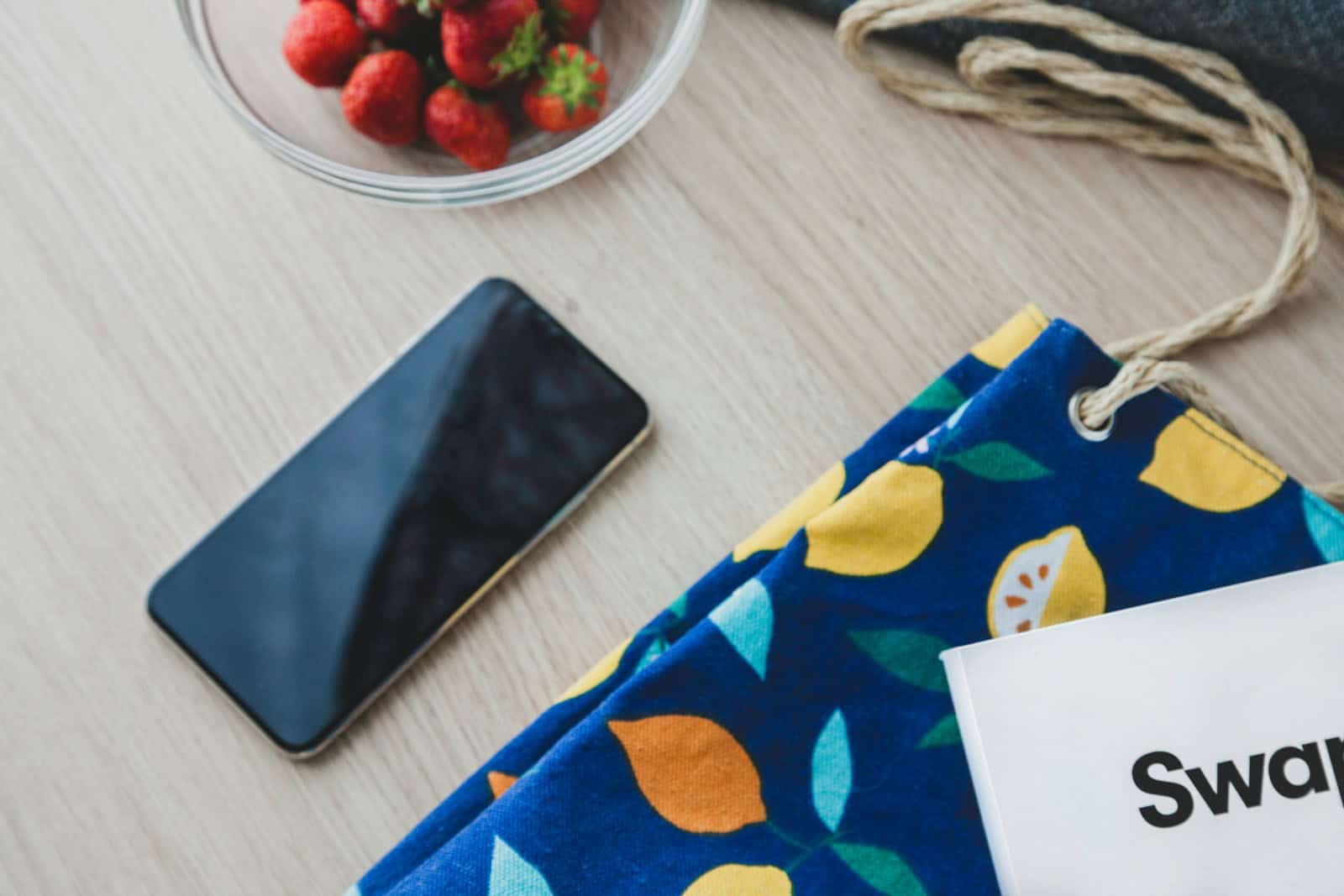
Refurbished phones offer a budget-friendly alternative to buying new devices. These pre-owned smartphones undergo repairs and inspections to ensure they function like new. Refurbished phones can be a good choice for savvy consumers looking to save money without sacrificing quality.
Purchasing a refurbished phone requires careful consideration. Buyers should look for certified devices with warranties and clear return policies. Reputable sellers like Best Buy and manufacturers’ official stores often provide reliable refurbished options. These phones typically come with 90-day warranties and 14-day return windows, offering peace of mind to buyers.
Refurbished phones also contribute to environmental sustainability. By extending the life of existing devices, consumers reduce electronic waste and the demand for new production. This eco-friendly option allows users to enjoy modern technology while minimizing their environmental impact.
🔎 What Is a Refurbished Phone?
A refurbished phone is a pre-owned device that has been inspected, repaired (if needed), cleaned, and reset before being resold. Unlike a second-hand phone sold directly by an individual, refurbished phones are usually tested against quality standards and often come with a warranty.
Common sources of refurbished phones include:
- Customer returns (sometimes barely used)
- Trade-ins
- Store display models
- Devices with minor defects that were fixed
✅ Advantages of Buying Refurbished
- Big Savings – Refurbished phones can cost 20–50% less than new models (source: KnowYourMobile).
- Eco-Friendly – Extends the life of electronics and reduces e-waste.
- Warranty Protection – Many certified sellers offer 90-day to 1-year warranties.
- Certified Quality – Devices are tested, factory reset, and often fitted with new parts.
- Unlocked Options – Many refurbished phones are sold unlocked, giving you flexibility with carriers.
⚠️ Drawbacks to Consider
- Shorter Warranty – Coverage is usually shorter than buying new.
- Battery Wear – Batteries may not be brand new and could have reduced capacity.
- Older Models – Refurbished stock may not include the latest releases.
- Cosmetic Imperfections – Some may have scratches or dents (grading systems like Excellent, Good, Fair help set expectations).
- Risk of Scams – Buying from unverified sellers can mean fake or faulty devices (source: Consumer Reports).
🛒 How to Buy a Refurbished Phone Safely
- Stick to trusted retailers: Apple Certified Refurbished, Samsung Certified, Amazon Renewed, Back Market, or your carrier.
- Check the warranty: Look for at least 90 days of coverage.
- Understand grading:
- Grade A (Excellent) = like new
- Grade B (Good) = minor wear
- Grade C (Fair) = visible wear, but works fine
- Confirm carrier compatibility: Especially important if you need 5G.
- Check return policies: Make sure you can return it if it doesn’t meet expectations.
📝 When Refurbished Makes Sense
- You want a recent flagship (like an iPhone or Galaxy) at a discount.
- You don’t mind minor cosmetic flaws.
- You’re eco-conscious and want to reduce e-waste.
- You’re okay with a shorter warranty.
🚫 When Buying New Is Better
- You want the latest model with the longest software support.
- You rely on maximum battery life.
- You want a 2-year manufacturer warranty.
📌 Bottom Line
Refurbished phones are a smart, budget-friendly, and eco-conscious option—as long as you buy from a reputable source and understand the trade-offs. If you value savings and sustainability, they’re a great choice. If you need the newest tech and full warranty coverage, buying new may be worth it.
Key Takeaways
- Refurbished phones offer cost savings and quality comparable to new devices
- Buyers should prioritize certified refurbished phones with warranties and return policies
- Purchasing refurbished phones supports environmental sustainability by reducing electronic waste
Benefits of Refurbished Phones
Smartphones are expensive, and with flagship models often costing over $1,000, many people are turning to refurbished phones as a way to save money. But are they actually a good idea? Let’s break it down.
Refurbished phones offer significant advantages for consumers seeking high-quality devices at reduced prices. These devices also contribute to environmental sustainability and often come with quality assurance measures.
Cost Savings
Refurbished phones provide substantial price reductions compared to new models. Consumers can save up to 50% or more on popular smartphone brands. For example, flagship devices that originally cost $800-$1,200 can be purchased for much less when refurbished.
These savings allow buyers to access premium features and capabilities at budget-friendly prices. Students, budget-conscious shoppers, and those who prefer not to pay full retail can benefit greatly from these discounts.
Refurbished phones are particularly attractive for users who want recent models without the hefty price tag of new releases.
Environmental Impact
Buying refurbished phones helps reduce electronic waste and decreases the demand for new device production. This choice lowers the overall carbon footprint associated with smartphone manufacturing and disposal.
Extending a phone’s lifespan through refurbishment conserves valuable resources used in production. It also minimizes the environmental impact of mining rare earth metals and other materials required for new devices.
By choosing refurbished phones, consumers actively participate in the circular economy. This approach promotes sustainability in the tech industry and reduces the ecological burden of constant upgrades.
Warranty and Quality Assurance
Many refurbished phones come with warranties, offering peace of mind to buyers. Apple’s Certified Refurbished program, for instance, provides a one-year warranty similar to new devices.
Reputable sellers perform thorough inspections and repairs before reselling phones. They check battery health, audio quality, camera functionality, and screen condition to ensure devices meet high standards.
Certified Re-Newed programs often bring phones to like-new condition. These processes may include replacing faulty components and updating software to current versions.
Buyers should look for sellers with high ratings (98% or above) when purchasing from marketplaces like Amazon or eBay. This practice helps ensure reliable transactions and product quality.
Considerations When Purchasing
Buying a refurbished phone requires careful attention to several key factors. These include selecting a reputable retailer, understanding refurbishment grades, and verifying the condition of crucial components.
Choosing the Right Retailer
Selecting a trustworthy retailer is crucial when purchasing a refurbished phone. Back Market, Amazon Renewed, and Gazelle are well-known platforms that offer certified pre-owned devices. These companies often provide warranties and have strict quality control processes.
Ebay can be a good option, but buyers should check seller ratings carefully. Look for vendors with at least 98% positive feedback. Decluttr is another reputable option, known for its thorough refurbishment process.
Always review the return policy before making a purchase. Most reputable sellers offer at least a 14-day return window, giving buyers time to test the device thoroughly.
Understanding the Grades of Refurbishment
Refurbished phones are typically graded based on their condition. Common grades include:
- Grade A: Like-new condition with minimal to no signs of use
- Grade B: Good condition with minor scratches or signs of wear
- Grade C: Functional but with noticeable cosmetic damage
Higher grades usually command higher prices but offer better cosmetic condition. Some retailers use their own grading systems, so it’s important to read the descriptions carefully.
Checking for Accessories and Battery Health
Accessories and battery health are crucial aspects to consider. Many refurbished phones come with new chargers and cables, but this varies by seller. Always check what’s included in the package.
Battery health is particularly important. Look for sellers who provide information on battery capacity. Some retailers, like Back Market, offer devices with new batteries or guarantee a minimum battery health percentage.
Key areas to check upon receiving a refurbished phone:
- Battery performance
- Audio and microphone quality
- Camera functionality
- Screen condition
Testing these components within the return window ensures you’re satisfied with your purchase.
Popular Refurbished Phone Models
Refurbished iPhones and Android devices offer great value for budget-conscious consumers. These models provide high-end features at lower prices, making them attractive options for many users.
iPhones
The iPhone 13 and iPhone 11 are popular choices in the refurbished market. The iPhone 13 boasts 5G connectivity, an A15 Bionic chip, and improved cameras. It offers excellent performance for everyday tasks and mobile photography.
The iPhone 11 remains a solid option with its A13 Bionic processor and dual-camera system. This model provides a good balance of features and affordability.
Refurbished iPhones often come with a warranty and have been thoroughly tested. Buyers can expect a like-new experience at a reduced cost.
Android Phones
Google Pixel and Samsung Galaxy phones lead the refurbished Android market. The Pixel line is known for its pure Android experience and excellent cameras. Refurbished Pixel 6 or 5a models offer great value.
Samsung Galaxy phones, like the S21 or A52, provide a range of options. These devices feature strong processors, versatile cameras, and long battery life.
Android refurbs often cost less than their iPhone counterparts. They offer a wide variety of choices to suit different preferences and budgets.
Maintaining Your Refurbished Device
Proper care extends the life of a refurbished smartphone. Regular cleaning prevents dust and debris buildup. Use a soft, lint-free cloth to wipe the screen and body gently.
Keep the device’s software up-to-date. Install security patches and system updates promptly. This ensures optimal performance and protection against vulnerabilities.
Battery health is crucial for refurbished phones. Avoid extreme temperatures and full discharges. Charge the device before it drops below 20% to preserve battery lifespan.
Protect the screen with a tempered glass protector. This safeguards against scratches and cracks, maintaining the device’s value and functionality.
Consider a protective case for added durability. Cases shield against accidental drops and daily wear and tear.
Be cautious with third-party accessories. Use certified chargers and cables to prevent damage to the battery or charging port.
Back up data regularly to prevent loss. Use cloud services or local backups to secure important information.
Monitor app usage and storage. Uninstall unused apps to free up space and improve performance.
For iOS devices, check battery health in settings. Replace the battery if capacity falls below 80% to maintain optimal performance.
If issues arise, consult the warranty. Many refurbished phones come with coverage for parts and labor.
Frequently Asked Questions
Consumers often have concerns when considering refurbished phones. These questions address common issues, warranties, and potential risks associated with purchasing pre-owned devices.
What are the common drawbacks of purchasing a refurbished phone?
Refurbished phones may have cosmetic imperfections like scratches or dents. Battery life can be shorter than new devices. Some models might lack the latest features or software updates.
How does the longevity of a refurbished phone compare to a new one?
Refurbished phones typically last 2-3 years with proper care. New phones often last 3-5 years. The difference depends on the device’s condition and how it’s maintained.
Why is there a significant price difference between refurbished and new phones?
Refurbished phones are cheaper due to previous use and potential cosmetic flaws. They may be older models with outdated features. Retailers offer discounts to attract budget-conscious buyers.
What should consumers be aware of when buying a refurbished phone from an online retailer?
Buyers should check the seller’s ratings and reviews. Look for detailed descriptions of the phone’s condition. Verify the return policy and warranty terms before purchasing.
Are there any risks associated with buying a refurbished iPhone?
Refurbished iPhones from unofficial sources may have compatibility issues. They might not receive the latest iOS updates. There’s a small risk of getting a stolen device if not bought from authorized sellers.
How does the warranty for a refurbished phone compare to that of a new device?
Refurbished phones often have shorter warranties, typically 90 days to 1 year. New phones usually come with 1-2 year warranties. Some retailers offer extended warranty options for refurbished devices.

